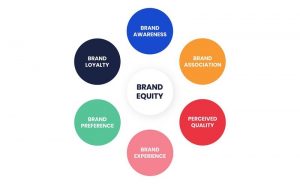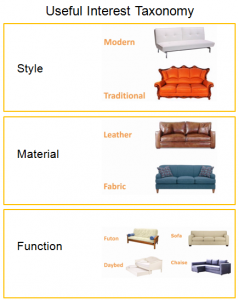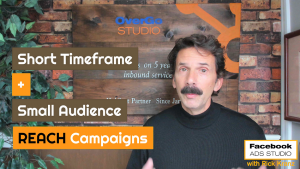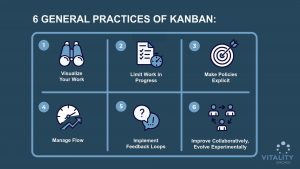— February 23, 2018
While millions of people around the world wailed and gnashed their teeth over the recent Facebook news feed changes (okay, maybe we’re being a little dramatic there), Facebook got down to business.
It recently held a closed-door webinar about the newsfeed, and what the priorities for publishers would be. Needless to say, the webinar threw up some incredibly interesting stuff. And it’s a lot of stuff. We’ve got all the details.
The following information is super-relevant to agencies who service brands with social media. We can’t stress this enough. When Mark Zuckerberg decided that all he wanted to do in 2018 was make Facebook a better place, what he really meant is that he wanted to change it as quickly as possible.
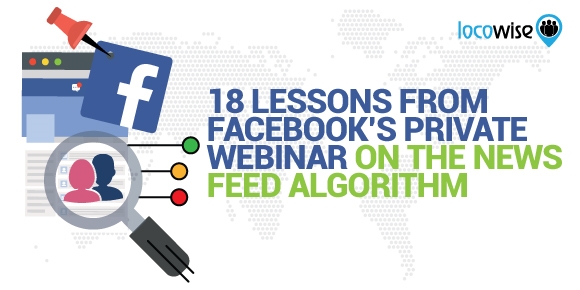
You’ll need to be focused on the following points very quickly if you want to keep up with the platform’s moves in 2018.
What does ‘priority content’ mean?
The new algorithm means that Facebook is going to be making its own decisions as to what people see in their feeds. Zuckerberg has made it clear that he doesn’t want people to be forced to see stuff from people or entities they don’t know or normally interact with. He also wants a platform that only serves up relevant content and priority content.
Responding to recent concerns over the safety of Facebook, he’s expressed a view that he wants people to spend more ‘meaningful time’ on Facebook. To that end, the new algorithm is going to show people content that meets these requirements. This is what Facebook refers to as ‘priority’ content.
The use of Messenger
If someone shares a link over Messenger, this makes it more valuable in Facebook’s eyes. It’s not hard to see why.
Messenger gives the user more control, and it’s still a conscious act to find something that interests you and send it to people you know via Messenger. In other words, Facebook won’t do this, you have to.
More activity
The next time you see a status update and you like it, you can do the obvious and like it or comment. It’s been part of the Facebook structure for a very long time.
However, if an update is liked and commented on by a number of people, the platform will see that update as one that has priority. This rings true with Zuckerberg’s stated aim of making Facebook a place where people can spend their time more productively. It reduces the potential for random stuff to pop up in your newsfeed.
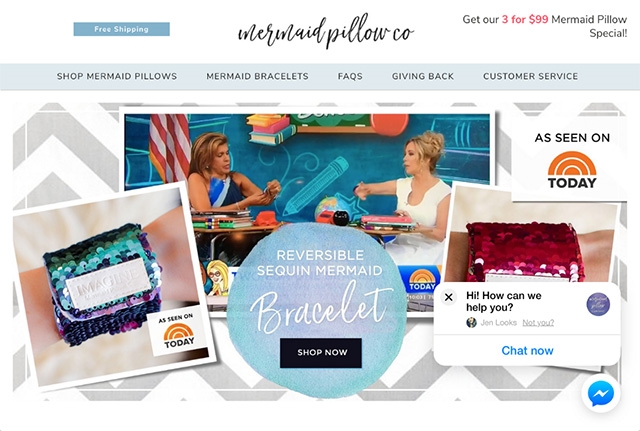
Meaningfulness
Again, this links back to Zuckerberg wanting to make Facebook a better place for you to hang out. Interactions that show real substance are going to push up a post’s relevance and priority.
Short comments that are essentially asking people to Follow or Like and aren’t bringing any value to the table are what will be targeted moving forward. If Zuckerberg wants people to spend more meaningful, quality time on Facebook, he’ll have to ensure that the algorithm only serves up content that is truly engaging. And that means in-depth responses and value.
Tagging is not meaningful. The webinar made this absolutely clear. If you’ve included tagging in your work for clients in the past, that’s a big bunch of nothing right now. It’s over. Facebook does not see tagging as having any meaningful weight in 2018.
How you can stay relevant and meaningful on Facebook
This video shows how seriously Facebook took newsfeeds a year ago. Then we come to an interview including Mosseri from this February. There’s lots to take in, but it’s important. And the difference between Mosseri and what he says in the two different videos is important too.
This is what publishers and agencies need to know after all. The webinar from Facebook created a space where people started thinking about this issue almost immediately. We have our own takeaways though, and we think the following things are important if your clients want to have content that is prioritised by Facebook.
Emotion
Content that triggers emotions is and will always be vital. You need to refresh your understanding of emotions such as fear, sadness, excitement, and keep focusing on making content that touches these areas strongly. It’s not enough (and has never been enough) to just throw out sad videos that you found on Reddit. That isn’t working on emotions.
You need to find content that truly touches people. It has to be relevant to your audience, and strong enough to stop them in their tracks.
Relevance means relevance
It’s possible to create content that updates as time goes by. The easiest example here is fashion content. If your client is a fashion brand, regular content that updates as seasons change means that you can keep using content over time, just by adding details.
Building that content with quality input that is fresh due to changes in the industry will make for priority work.
The individual, not the faceless brand
This particular area is an interesting one. Facebook will start prioritising people rather than companies. What some brands have taken from this is the idea of working with people to help move a brand forward.
This is why influencer marketing may well find an even more welcoming space on the platform. If you’re able to have people with influence, such as journalists for example, following your page, there’s absolutely no reason to think that won’t make your pages more relevant.
Obviously, this requires some work, and a focus on quality rather than quantity, but the days of pushing your content as a brand are numbered. Other people need to do it for you, and the more influential they are, the better.
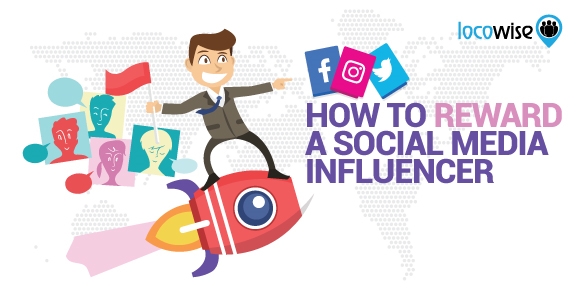
How does Facebook rank our posts?
This is the key question, and the answer can be broken down into a few distinct areas that Facebook has, to be honest, always made a big deal of. As an agency with clients, it’s important that you understand all of the ranking factors that Facebook has publicly acknowledged it uses.
Signals
This factor is, paradoxically considering its weight, one of the hardest ones to understand. People know what a signal is online, but working out why it affects priority isn’t easy.
However, it does all make sense. Signals include:
? Who posted the content and what they mean to you
? When it was posted
? How it was posted (phone, desktop etc.)
These signals are a big part of priority. If your friend has posted something, and they’re posting it at a similar time of day to the last time they posted, for example, they’ll show up in your newsfeed.
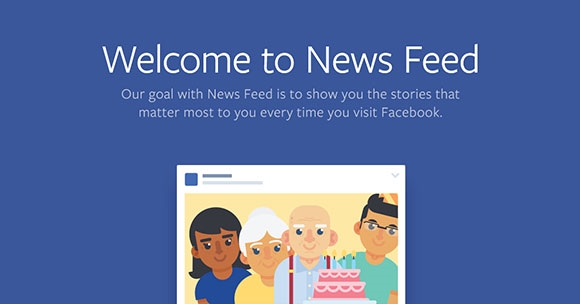
A big part of this is the fact they’re your friend, and you’re telling Facebook this by how you’re interacting with them. But these signals do trigger a news feed entry. And that’s fair enough. If people you know are posting, they should receive priority over those who you’ve never met.
Facebook needs relevancy to be useful to the billions who use it every day. People do not log on to find out what’s happening with their favorite brands (despite what some of us might think).
Instead, they want to find out what’s happening with their friends and family. That’s why the ‘signals’ that are emitted by their friends and family always hold more authority than those sent out by a brand.
Inventory
The content that a user has engaged with in the past defines the content they will look at and get involved with in the future. This ‘inventory’ of content is perhaps the crux of the new algorithm, in that it has to be content that is meaningful to a user if it’s going to enter their newsfeed.
This includes the types of post that a user engages with. We’re not sure how many of them are out there, but some people still like simple text updates on Facebook. And Facebook will still continue to provide them for those particular users. It’s what they want.
So if a content creator produces something that meets the inventory ‘requirements’ of a user, they will have more of a chance to have their stuff come up in a user’s feed. This signal is incredibly important, and gives some clues as to how brands can still stay relevant to an audience moving forward.
Prediction
This is where Facebook turns into something almost mystical. The platform predicts the kind of content you will actively engage with, and throws that into your newsfeed.
Facebook has this down cold. Looking at your behaviour tells the machine learning platform what you’re interested in (inventory) but then it also works out what kind of content you are likely to click on, Like, comment and so on. Again, this is actually more benevolent than some people would lead you to believe.
By giving you content that you’re actually more likely to engage with (which is what Facebook has worked out through prediction), it’s giving you a good level of service.
The relevance score
All content a user sees in their newsfeed has arrived there courtesy of a relevance score. If a user wants football news, day in, day out, they’ll find that content that contains scores, match reports and so on is filling up their feeds.
Content has to be relevant to a user, and this has been a focus of Facebook since its early days.
How can we feature in Facebook News Feed?
If there’s any question brands are asking about the update, it’s this one. Ranking in a newsfeed is vital if your clients are going to gain any ROI from Facebook. But with the new focus from Facebook, does any brand have a chance?
“Because space in News Feed is limited, showing more posts from friends and family and updates that spark conversation means we’ll show less public content, including videos and other posts from publishers or businesses.”
Paid advertising is not affected
So that’s what Facebook has said about it all. Sound’s pretty worrying for a brand, but there is one key aspect that isn’t being touched that you need to know about if you represent a brand. Paid advertising is not affected by the algorithm. This is kind of obvious, but the algorithm and all of it’s challenging new ideas will only affect organic content.
That is worth bearing in mind because brands often operate campaigns that are both paid and organic. Work has to be done of course, but many brands will find that the algorithm change hasn’t ended their world for that reason. If paid ads are happening, they’re untouchable.
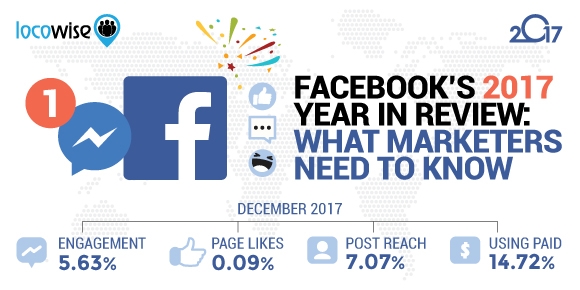
“See first” content
‘See first’ is also something that will not be affected by the new algorithm. That’s if a user has chosen to see the content of a brand they like and engage with. Again, this is further comfort to those brands who think Facebook now hates them.
The biggest thing Facebook wants to convey to users is that posts that ‘generate conversation’ will most likely be promoted and delivered by the company to news feeds. So a straight-up clickbait peace (no matter how heavily disguised it is) is not going to generate genuine conversation. Therefore, it will be demoted.
Respond to comments
This is a quick and easy way to ensure your client’s brands are still relevant and worthy of appearing in news feeds.
By responding to comments in a meaningful way, you’re touching that relevance criteria that Facebook wants to see all over the newsfeed. You’re also more likely to be shown in a newsfeed if you respond to comments regularly. This is because you should then find that your contributions are part of the signals that Facebook is looking for.
The bottom line is that you need to be part of a conversation. If you’re adding meaningfulness through comments you’re part of that conversation. And Facebook will see that you’re worth including in a newsfeed.
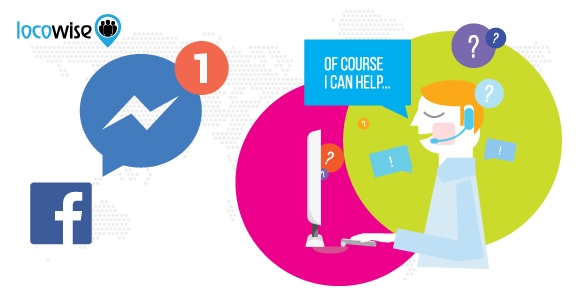
Facebook won’t accept clickbait
You can understand why Facebook has had enough of clickbait and engagement bait. We all know what clickbait is. Engagement bait is literally asking for engagement. You’ve probably seen a very recent example, where news sites ask people to comment to see a full article, to answer a question.
Facebook is putting an end to this. Brands have to pull back and stop teasing people, or forcing them to act to see content that they want to see. This will make news feeds more relevant, and again, we can’t argue with this. It’s a worthy idea.
If you have any bait in your content strategy (and we’re betting you don’t by the way), get rid of it. Click and engagement bait will simply be demoted by Facebook.
What’s ‘community’ on Facebook?
The next time your client creates a competition or a video series that asks people to get involved, and they do for the right reasons (the content resonates), you can expect your content to continue to feature in newsfeeds.
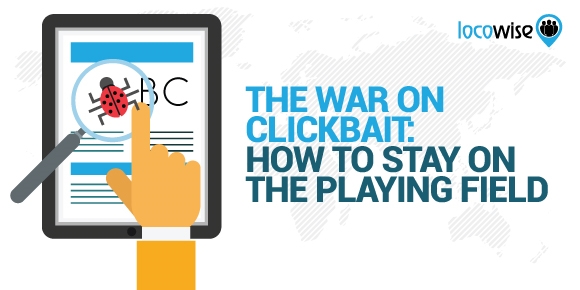
Conversations are key, and if a conversation starts because of something you’ve brought people together with, it will be seen as relevant by Facebook. It will throw up the right signals, and the more your users continue to engage, that prediction factor will work in your favour. And what’s best about this is you can’t fake it.
Bringing a community together is something that can only ever come out of honesty. If you want your staff to take part in a charity run and you start documenting the training, and if the staff share it, and then their friends share it, that is classic community building. It’s classic ‘conversation’. And chances are, it’s not about ranking or marketing, it’s about trust. Everything else is just a bonus.
Continue that with a series of how to get your product to bring about the best results. Use your user base to ensure it gets shared, and then another conversation will start. It’s about as far away from clickbait as possible because it’s honest.
What Facebook’s news feed changes really means for brands
Panic aside, it does mean that you will find a dip occurring in your content being engaged with. If it doesn’t, you’ve probably got the best content in the world.
Play with it, and try to focus on creating that relevant and meaningful content. Remember that Facebook will favour content that is talked about by the people who matter, your audience, and their friends.
Influencer marketing could well be a key feature of a brand’s success. But we reckon that people who ‘share into’ a newsfeed are your new best friends.
Test it out over the next few months. If you change your content strategy a little, and focus on meaningfulness, it may well be a way to make Facebook even more effective for you.
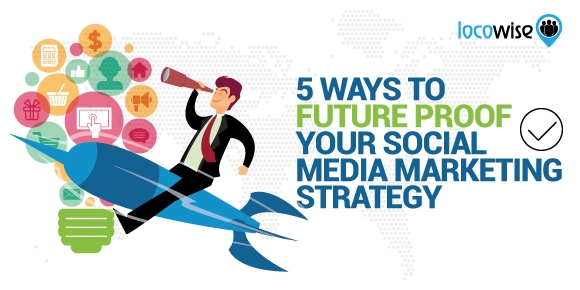
Are you able to see exactly how people engage with your client’s content? Want to make the newsfeed work for you? Try out Locowise for free, for seven days. It could be a lifesaver.
Digital & Social Articles on Business 2 Community
(48)




